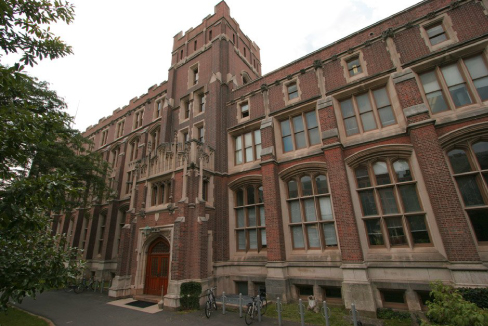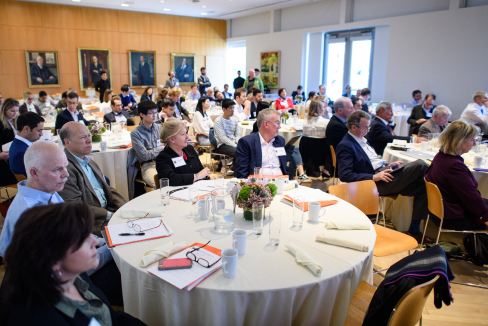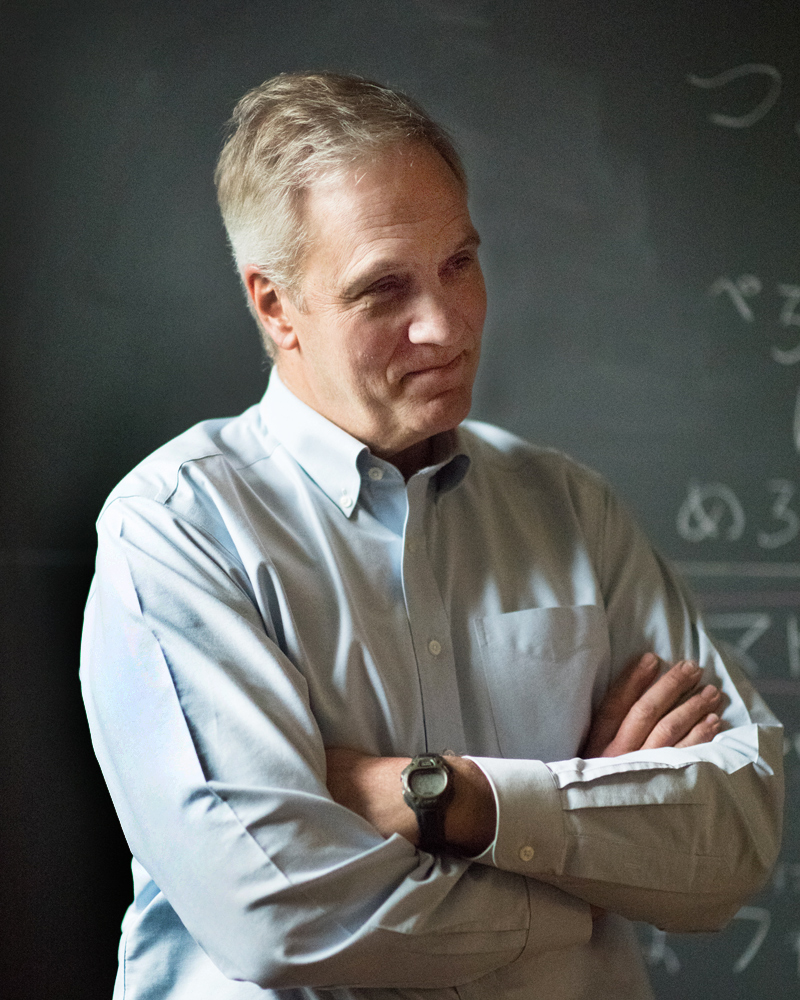Principal Investigator
At a Glance
Over the course of last year, the Pacala lab was involved in several research projects focused on the interaction between climate change, the global carbon cycle and biodiversity. Notably, their work in the Panamanian rainforest examined the dynamics of carbon uptake and storage during drought conditions. The researchers found that moderate drought conditions did not have a detrimental effect on carbon uptake and storage, and that, in fact, the flora of the region stored more carbon during moderate drought conditions than normal conditions. A separate research project, which was a collaboration between CMI and NOAA’s Geophysical Fluid Dynamics Laboratory (GFDL), explored the fate of the Amazonian rainforest over the next several decades. This research projected that the long-term effects of drought and fire will hamper carbon storage and consequently that portions of the rainforest will switch to savanna as early as 2035. The two studies are relevant to bp’s interests because a collapse of one of the Earth’s largest carbon sinks would amplify demands for an increase in the global pace of decarbonization and would also imperil forestry offsets that had been established in the region. The implication of the two together is that effective fire suppression in the face of increasing drought might increase Amazonian carbon storage.
Research Highlight
A paper by Detto and Pacala (2022), which was published in Global Change Biology, analyzes data that the Pacala lab has been collecting in a Panamanian rainforest for several years. The data were collected with a device called an eddy covariance tower, which measures carbon and water fluxes between the forest and atmosphere. This work shows that forest carbon uptake and storage were not impaired by the moderately severe drought conditions that occurred several times during the measurement period. Instead, the forest captured and stored more carbon during the droughts (Figure 13.1). This is because the extra power that photosynthesis received from the sunny conditions that occurred during drought overcame any limitations a water shortage imposed on carbon gain. Although this is good news for rainforest carbon uptake and storage and for nature-based climate solutions, the result could be reversed by very severe droughts.

Images taken by a phenocam (NetCam SC, StarDot Technologies) located at the highest point on Barro Colorado Island in the middle of the 2015 dry season and during the beginning of the 2015 wet season. The images show several leafless deciduous trees (left panel) completely recovered just before two anomalous dry spells during the El Niño event. Note how the vegetation looks, in general, much brighter green in the right picture despite different illumination conditions [from Detto et al., 2022].
The Pacala lab also continues to work on greenhouse implications of fugitive methane and hydrogen, and a variety of modeling problems focused on interactions between biodiversity and carbon cycling. Additionally, two other large projects dominated Pacala’s time in the past year. Although neither was funded by the CMI, both are highly relevant to the CMI. First, Pacala chaired a committee of the National Academies of Sciences, Engineering, and Medicine, which has now produced a policy manual for the U.S. to effectively implement the Inflation Reduction Act and the Infrastructure Investment and Jobs Act recently passed by the U.S. Congress. The report will appear this spring and focuses on filling gaps and overcoming barriers on the way to a fair and just energy transition. Second, Pacala chaired, with economist and Stanford Business School Dean Jon Levin, a study and report for the President on how to safeguard the U.S. population and economy against climate change-enhanced extreme weather.
References
Martinez Cano, I.M., E. Shevliakova, S. Malyshev, J. John, Y. Yu, B. Smith, and S.W. Pacala, 2022. Abrupt loss and uncertain recovery from fires of Amazon forests under low climate mitigation scenarios. Proceedings of the National Academy of Sciences 119(52):e2203200119. (https://doi.org/10.1073/pnas.2203200119).
Detto, M., and S.W. Pacala, 2022. Plant hydraulics, stomatal control and the response of a tropical forest to water stress over multiple temporal scales. Global Change Biology 28(5):43594376. (https://doi.org/10.1111/gcb.16179).




